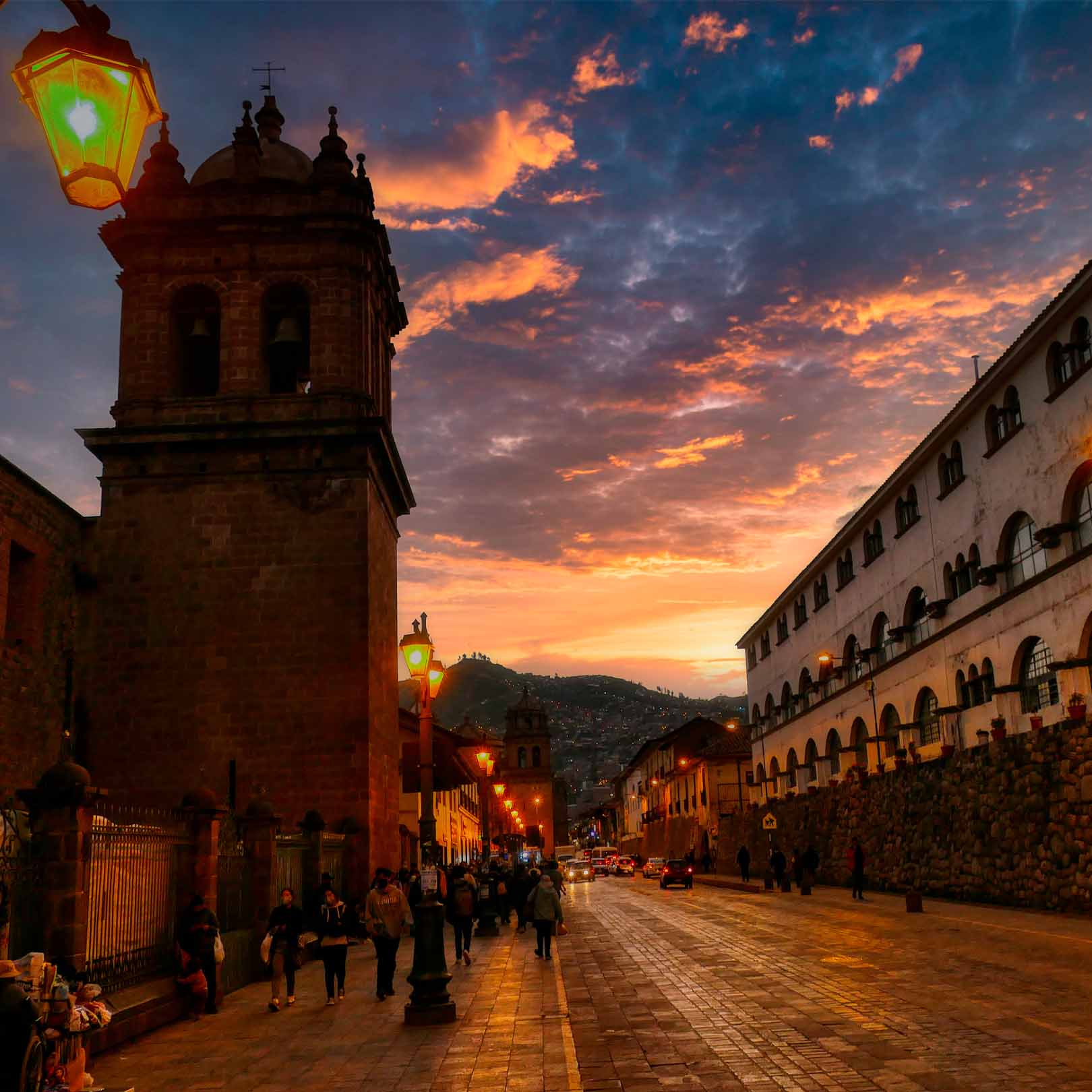
Cusco, one of the most impressive cities in Peru. Its historical legacy as the capital of the Inca Empire makes it a place full of history; where the city not only captivates with its beauty, but also serves as the starting point for adventures to some of the most amazing wonders, like Machu Picchu and Inca Trail, attracting thousands of visitors each year.
However, Cusco comes with a natural challenge: its high altitude, which exceeds 3,300 meters above sea level. For many visitors, especially those who come from low-altitude places, this feature can present an obstacle in the form of "soroche" or altitude sickness. The symptoms, which can range from headaches and dizziness to fatigue and nausea, can negatively affect the travel experience.
Fortunately, with the right information and careful planning, it is totally possible to fully enjoy the experience in this place without altitude sickness being a concern; the key lies in proper acclimatization. So, are you ready to discover how to acclimatize to the altitude and make the most of your visit?
For a high-demand trek like the Inca Trail, which crosses mountain passes at over 4,200 meters, an acclimatization period of at least two to three days in the city of Cusco is recommended. This time allows the body to gradually adapt to the altitude and significantly reduces the risk of suffering from altitude sickness or soroche during the journey. Moreover, these initial days can be used for light activities in the city, such as visiting the historic center on a Cusco City Tour.
Acclimatization is a fundamental physiological process for any traveler who arrives in Cusco, a city located at 3,399 meters above sea level. At this altitude, the atmospheric pressure is lower and, therefore, there is less oxygen available in each breath. The body needs time to compensate for this lack of oxygen, mainly by producing more red blood cells. Without proper acclimatization, altitude sickness or soroche can occur, whose symptoms include headache, nausea, fatigue, and difficulty breathing.
 |  |
The acclimatization process varies for each person, but generally the body needs between 24 and 48 hours to adapt to the altitude of Cusco. For this reason, it is recommended to dedicate the first two days to low physical effort activities. Also, to facilitate the process, it is advisable to drink plenty of water, avoid alcohol and heavy meals, and drink coca tea. Once this initial period is over, the body will be in better condition to face more demanding activities such as the Inca Trail or visits to the Rainbow Mountain and Humantay Lagoon.
Acclimatizing to the altitude of Cusco is essential to fully enjoy your visit to this city full of history and wonder. With a little planning, hydration, and rest, you will be able to avoid the symptoms of altitude sickness and immerse yourself in the magic of the Incas and the incredible wonders of the world, such as Machu Picchu. Always remember to listen to your body and take things easy on your first few days in Cusco. Make the most of your experience in this sacred and mysterious land!
Beyond the majesty of Machu Picchu, the surroundings of Cusco offer a variety of experiences that allow you to get to know the culture, history, and landscapes of Andean Peru up close. From traditional towns to little-explored natural wonders, there is a lot to discover just a few kilometers from the imperial city. If you are looking for new adventures outside the usual, here we present the places you can't miss: